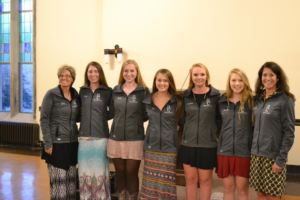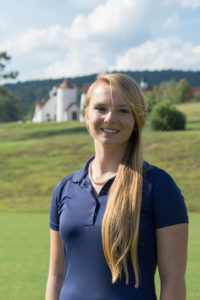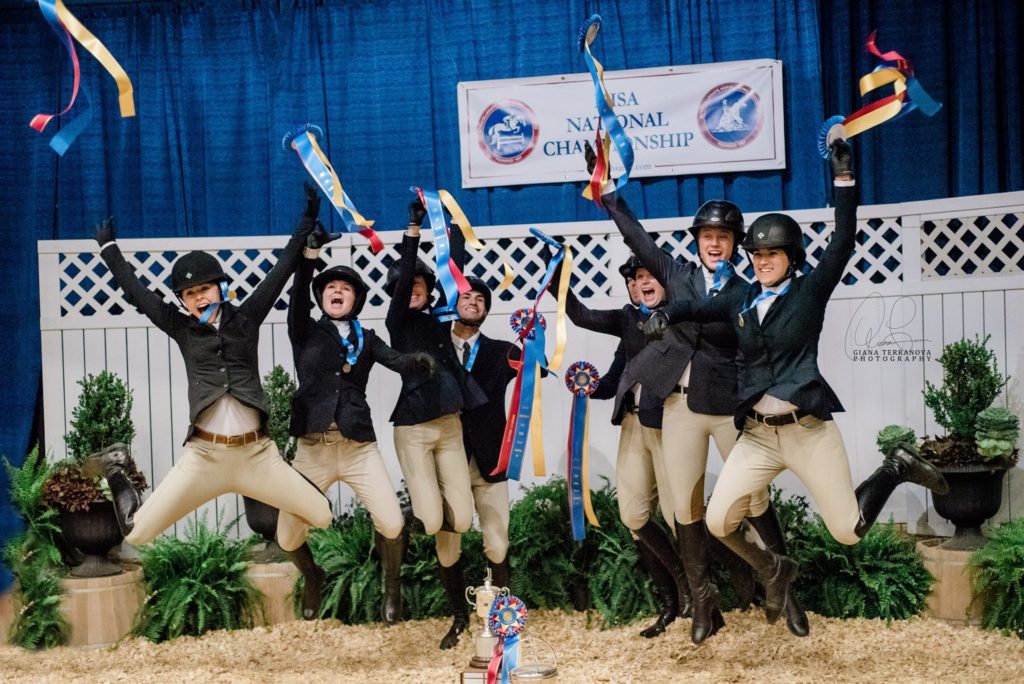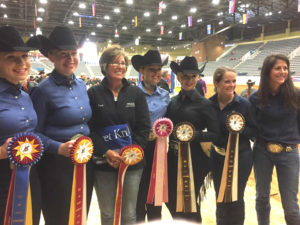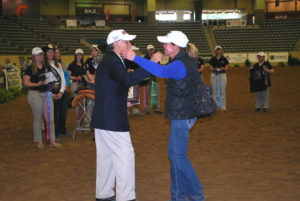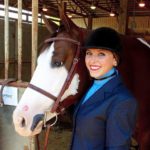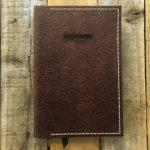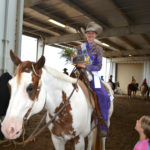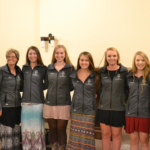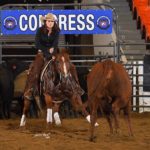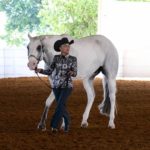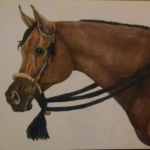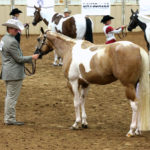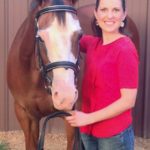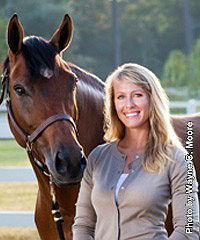
The Intercollegiate Horse Shows Association huntseat team national championship can be attributed to a lot of preparation and a little bit of luck, according to Savannah College of Art and Design Head Coach Ashley Henry.
**From a swimmer to a grand prix jumper: the members of SCAD’s IHSA Nationals roster came from all walks. Meet the standouts here.
DOING THE HOMEWORK: She prepped her team extensively for the unexpected occurrences that can ruin a class if a rider doesn’t keep a cool head. She had her riders simulate these obstacles during practices leading up to Nationals – getting cut off, being boxed in, even drawing a challenging horse. She videoed lessons so the students could see just how their progress looked, and she staged a slew of mock shows. Henry didn’t want to leave room for any surprises during the few critical minutes each Nationals rider would have to showcase his or her skills, and coaching her riders to think through challenges was significant for her.
“Mentally, you’re preparing yourself for that competition,” she explained. She also made sure to research the type of riding each judge seemed to prefer. It’s necessary, she said, to determine what kind of presentation a particular judge looks for in order to stand out in a tough class.
THE FASHION: Huntseat show apparel is traditionally understated, even uniform, to a degree. The school funds the team’s wardrobe as part of its varsity status – coats, breeches and a team show shirt with the bee logo.
A CUSTOMIZED LOOK: Henry said she doesn’t hesitate to make clothing recommendations designed to cater specifically to each of her riders while still upholding time-honored customs. The cut of a coat, for instance, can greatly enhance a rider’s look. “I’m going with what I think looks best on them,” she said. The clothing, even the jewelry, available in the equestrian world is a product of thoughtful design, and according to Henry, the design curriculum at SCAD factors significantly into the equestrian program. “It has everything to do with art and design,” she said. “There are so many innovative students (here). It’s a huge industry.”
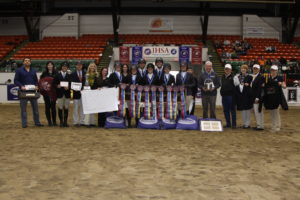
SHOWTIME: During the pressure of the show, Henry said she really didn’t pay that much attention to the score, choosing to pour her energy into her riders instead. Prioritizing their mental well-being and keeping them focused was paramount on her agenda.
“They get emotional because they want to do so well,” she explained. She kept reassuring them of their abilities: “You made it to the national finals … this is a huge thing.”
The horses, she said, were a big part of SCAD’s standout Nationals performance. “I think we got some incredible horses,” she said, crediting Cazenovia College, Skidmore College and Centenary College for a good portion of them. No matter the amount of rider preparation, one of the inherent challenges presented in IHSA competition is the fact that riders do not practice on their assigned horses ahead of the class. Sometimes, even obedient, well-trained horses present peculiar challenges, as the Bees saw at Nationals this year.
“It’s hard because it’s luck of the draw,” Henry explained.
For instance, Devon Walthers, the Open Flat rider drew a 17.1 hand horse that Intermediate Flat rider Ryan Genn had already ridden earlier in the show. A taller horse can be a nice draw, simply for the visibility factor, as Henry pointed out to Walthers. The catch: Walthers is five-foot-one. Henry and Walthers committed to making the best of the size mismatch.
“I said, ‘This is great. You’re going to stand out so well,’” Henry recalls.
And Walthers did stand out: she took second in a marathon of a class in which the riders were asked to drop their stirrups for an extended period of time. However, no stirrups work was one of the things that factored heavily into all those virtual-reality practices at home, and Henry knew Walthers was a machine.
“It was an endurance race, that’s for sure,” Henry said. As the classes wrapped up one by one and the scores began to add up, Henry and her Bees realized the championship was theirs. “I started crying,” she remembers. “It was just absolutely amazing.”
And about that dash of luck – Henry said, after every possible scenario is hashed out, she still relies on a few talismans: a SCAD scarf, maybe SCAD socks or bee earrings.


